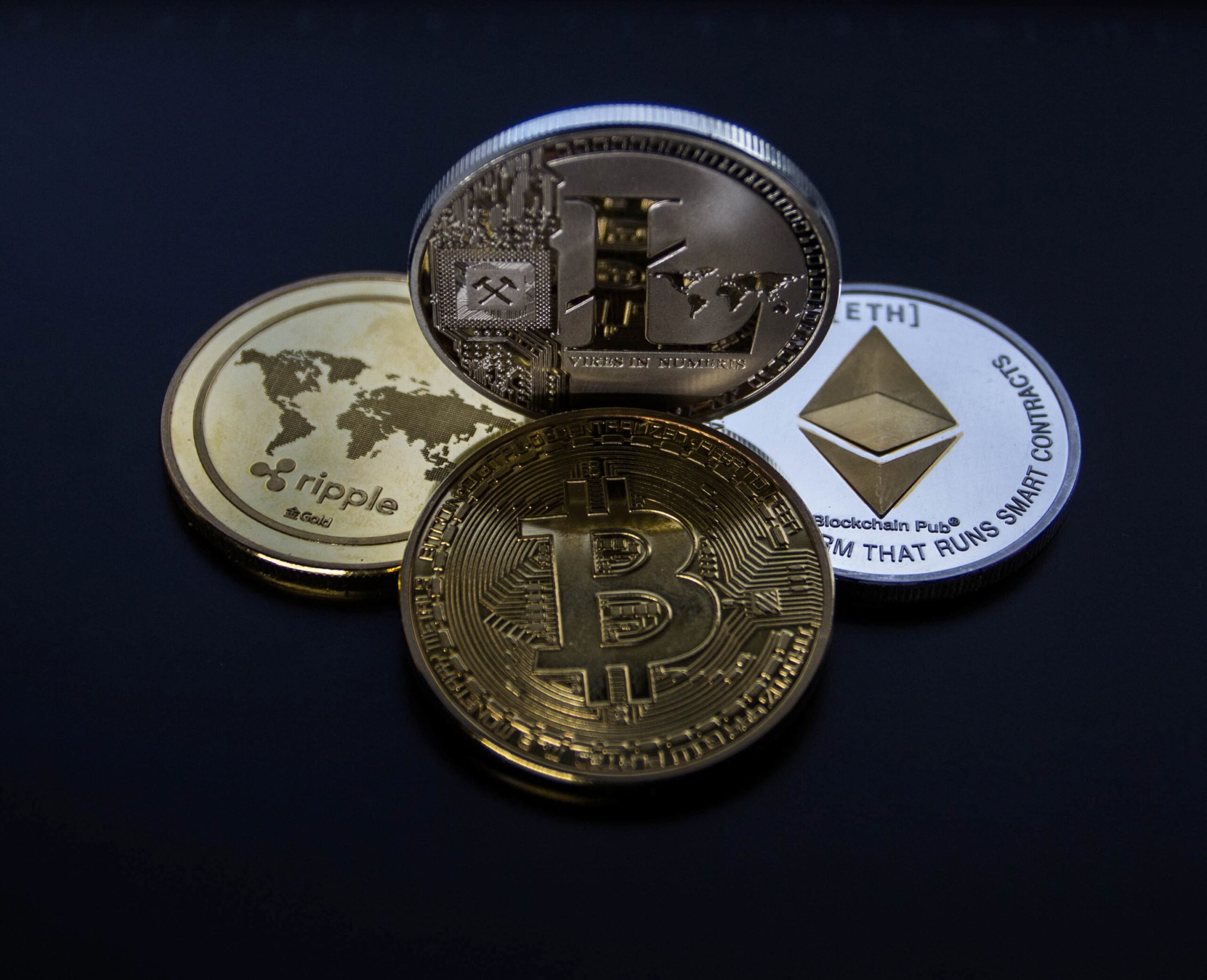Non-exchangeable tokens have been around almost as long as many cryptocurrencies, but they have only recently gained global attention.
Nowadays, they are usually used to represent art, gaming objects, digital collectibles, or ownership of something else. Some of them can increase in value considerably over time, while others can depreciate in value.
You may not even have heard any of the countless stories of how someone was able to become a millionaire just by buying and selling NFTs.
While some people have indeed managed to get rich by investing in NFTs, these people are the exception – most NFT investors will not become rich because of them. Nevertheless, in a rising market there is a chance to make a nice profit, but it is usually a bit more difficult than just buying a couple of NFTs and holding them for a while before selling them for a hundred times as much.
There are many factors that determine whether an NFT will rise in value, including:
- Rarity: rarer NFTs in an individual collection are usually (but not always) more valuable than more common NFTs. This usually applies only to popular NFT collections.
- Initial Price: the closer you pay to the original NFT price (i.e., the coinage value), the more likely your token is to increase in value. However, unpopular collections may fall below their original price, and many will never recover.
- Hype: Many NFT collections show a gradual increase in price over a long period of time, while others experience a sudden jump in value as a result of a rapid explosion in popularity. The price of such an asset can fall as quickly as it has risen if popularity passes.
- Practical sense: Some NFTs, including those related to blockchains and interactive experiences, may make some practical sense. NFTs of high utility may be more attractive for investment than meaningless ones.
- Designer/creator: in the case of NFT art objects, works created by a particular artist can actually be a valuable purchase. For example, an NFT created by renowned digital artist Beeple could potentially be sold at auction for millions of dollars.
- Supply and demand: an excess of NFTs in an individual collection can lower the value, while increased demand can raise it. Selling NFTs is better when the market is hot.
As always, success in NFT investing usually comes down to asset selection, entry/exit strategy, long-term focus and often luck. Either way, the more knowledgeable you are about the NFT space, the better your chances of recognizing a truly attractive opportunity.



